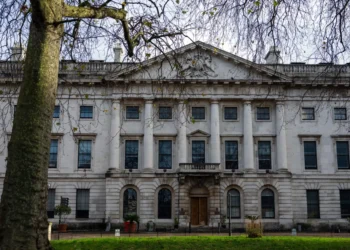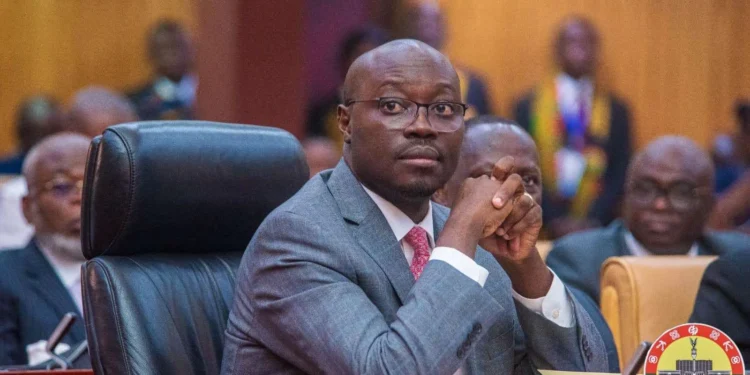Data from the Office for National Statistics has revealed that COVID-19 cases have climbed by a million within a week in the UK.
Swab tests suggested that about one in every 16 people is infected, as the contagious Omicron variant BA.2 continues to spread. That’s just under 4.3 million people, up from 3.3 million the week before.
The figures for the week ending March 19, 2022, are thought to give the most accurate reflection of what’s happening with the virus in the community. Virus rates are up in England and Wales, while Scotland reached a new high.
Infections have started decreasing in Northern Ireland, however, the rates across the nations include England, with 6.4% up from 4.9% last week, meaning one in 16 people is infected. Wales is up with 6.4% from 4.1% last week, approximately representing one infected person from every 16 people; Northern Ireland, 5.9%, down from 7.1% last week, which represents one infection in every 17 persons, whereas Scotland recorded 9% up from 7.15% as of last week which represents approximately one in every 11 people.
Health Experts indicated that a high number of infections means the UK can expect Covid hospitalisations to rise too, although vaccines are still helping to stop many severe cases.
According to the latest figures, there are 17,440 patients in hospital with the virus as of March 24, 2022. About half would have been admitted for something else, rather than Covid, but alongside, they tested positive. Per reports, just over 300 of them needed an intensive care bed with a ventilator to help them breathe.
England’s Chief Medical Officer, Professor Sir Chris Whitty, intimated earlier this week that while the virus is causing pressure in the National Health Service (NHS), the high rates of transmission are fortunately not translating into lots of intensive care cases and deaths.
Staff absence at the NHS hospitals in England due to Covid cases rose by 31% on the week to March 13, 2022. About 23,127 staff at Hospital Trusts in England, representing 2% of the total workforce, are absent, either because of sickness with the virus or were self-isolating.
People aged 75 and over and those who are immunosuppressed are urged to book a spring booster jab to top up their protection against the virus.
Meanwhile, from April 1, 2022, in England, most people wanting to take a lateral flow test to check if they have Covid will have to buy one. It is part of the government’s ‘living with Covid’ plan.
Earlier Measures by UK Government
Last month, Monday, February 21, 2022, UK’s Prime Minister, Boris Johnson announced an end to all legal COVID-19 pandemic restrictions in England.
The announcement by the PM suggested that it was time for the UK to move on despite political opposition and unease from the UN’s Health Agency.
Two years after COVID-19 sparked the worst health crisis in generations, Mr. Johnson, who addressed Parliament, outlined how he planned to ease COVID-19 restrictions and return life to normalcy.
Under the “living with Covid” plan, the government intends to end a legal requirement for people to self-isolate when infected with the coronavirus.
According to the Government, Local Authorities will be required to manage further outbreaks with pre-existing legal powers and is expected to phase out free Covid testing for the general public. But the NHS Confederation, which represents Senior Managers in the state-run National Health Service, revealed in an internal poll that a large majority of its members opposed an end to self-isolation and free tests.
The Confederation’s Chief Executive, Matthew Taylor, acknowledged that the government’s mass vaccination programme and the emergence of new Covid treatments offered “real hope”.
“But the government cannot wave a magic wand and pretend the threat has disappeared entirely.”
Confederation’s Chief Executive, Matthew Taylor
READ ALSO: President Akufo-Addo Bemoans Insufficient Number of Medical Personnel in the Regions























